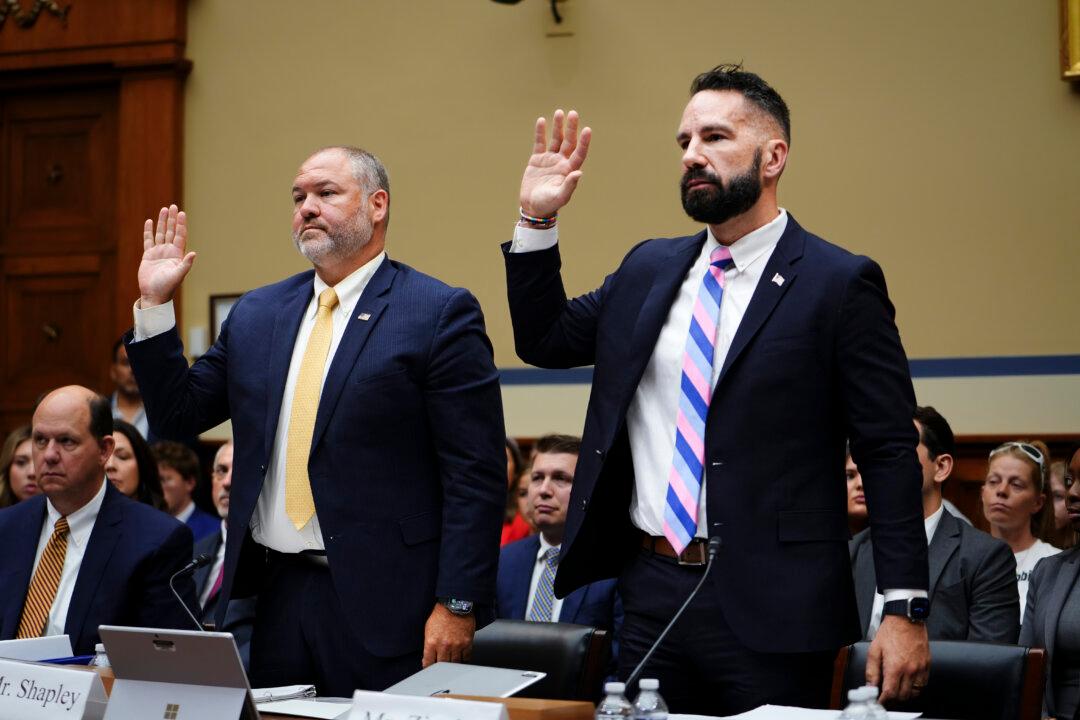Connecticut received the dubious honor on Sept. 29 of displacing New Jersey as the state with the highest taxpayer burden, according to a new “Financial State of the States” report from Truth-in-Accounting (TIA).
Illinois, Massachusetts, and Hawaii follow in the 48th, 47th, and 46th positions among the nation’s 50 states, as calculated by the Chicago-based nonprofit that tracks government spending and debt at the metropolitan, state, and federal levels.





